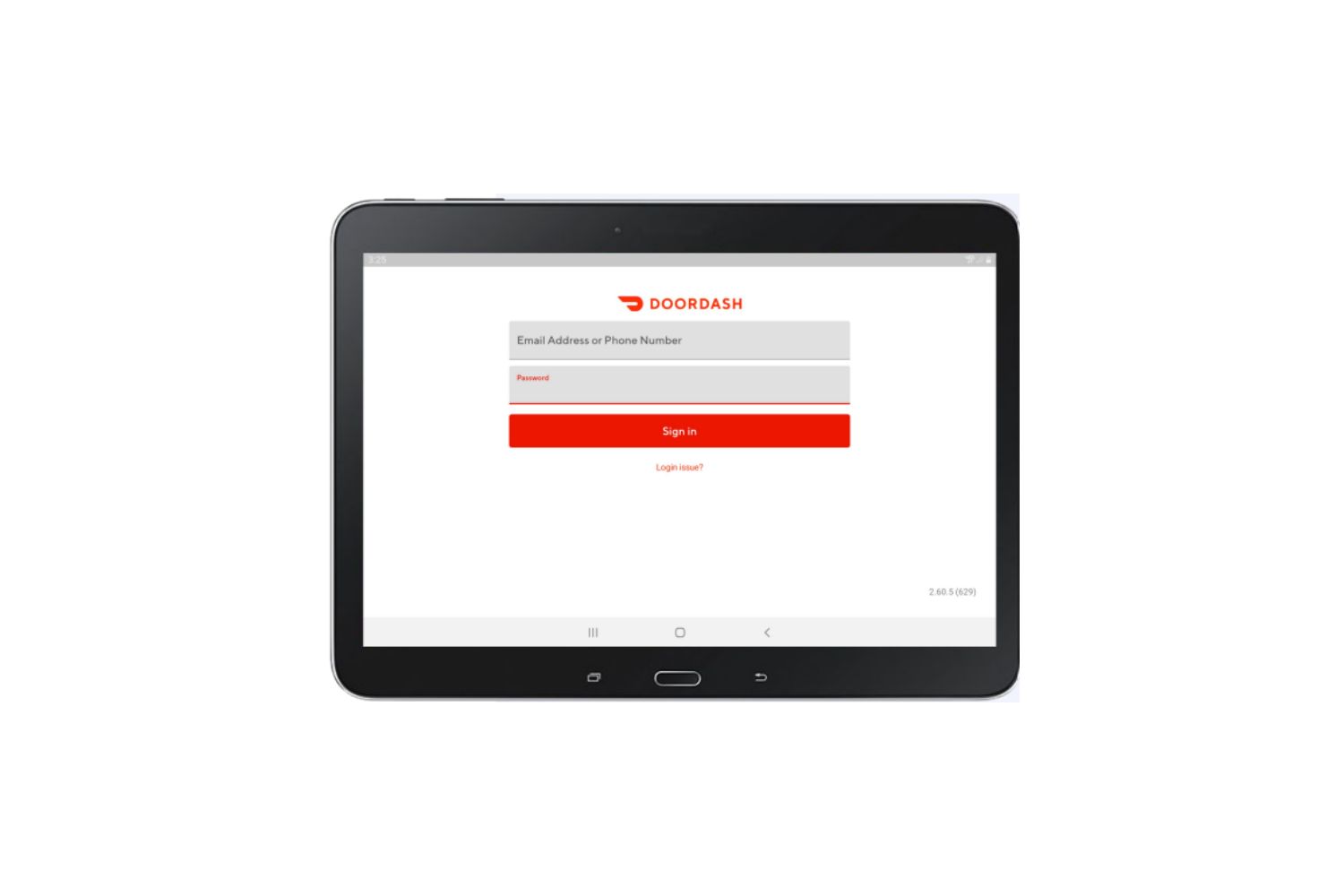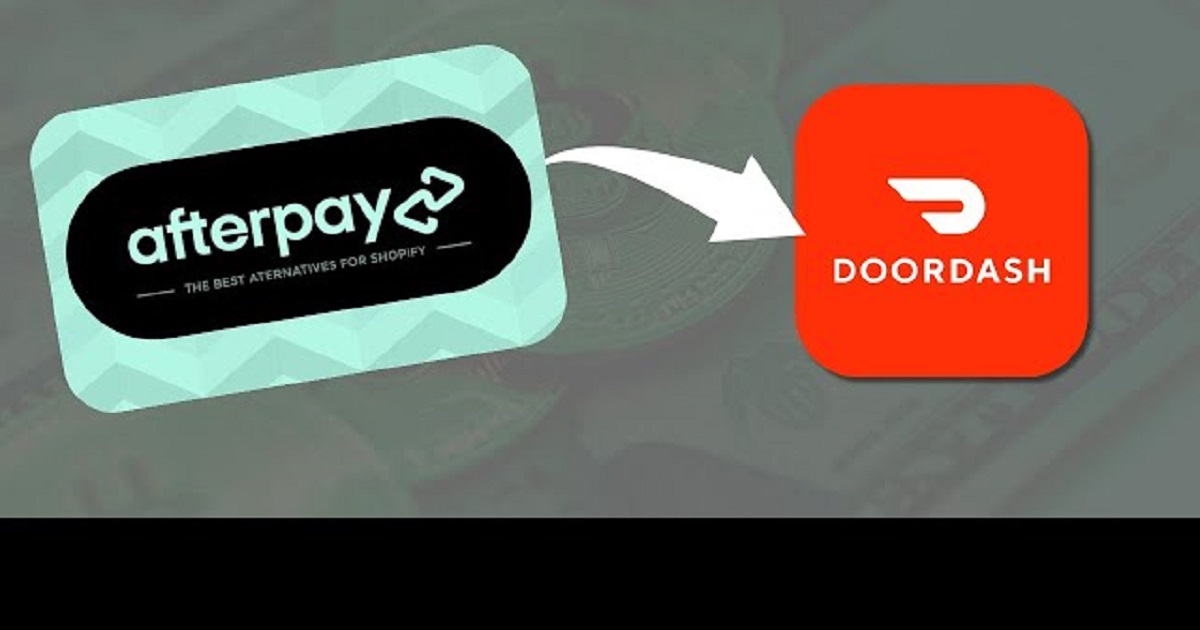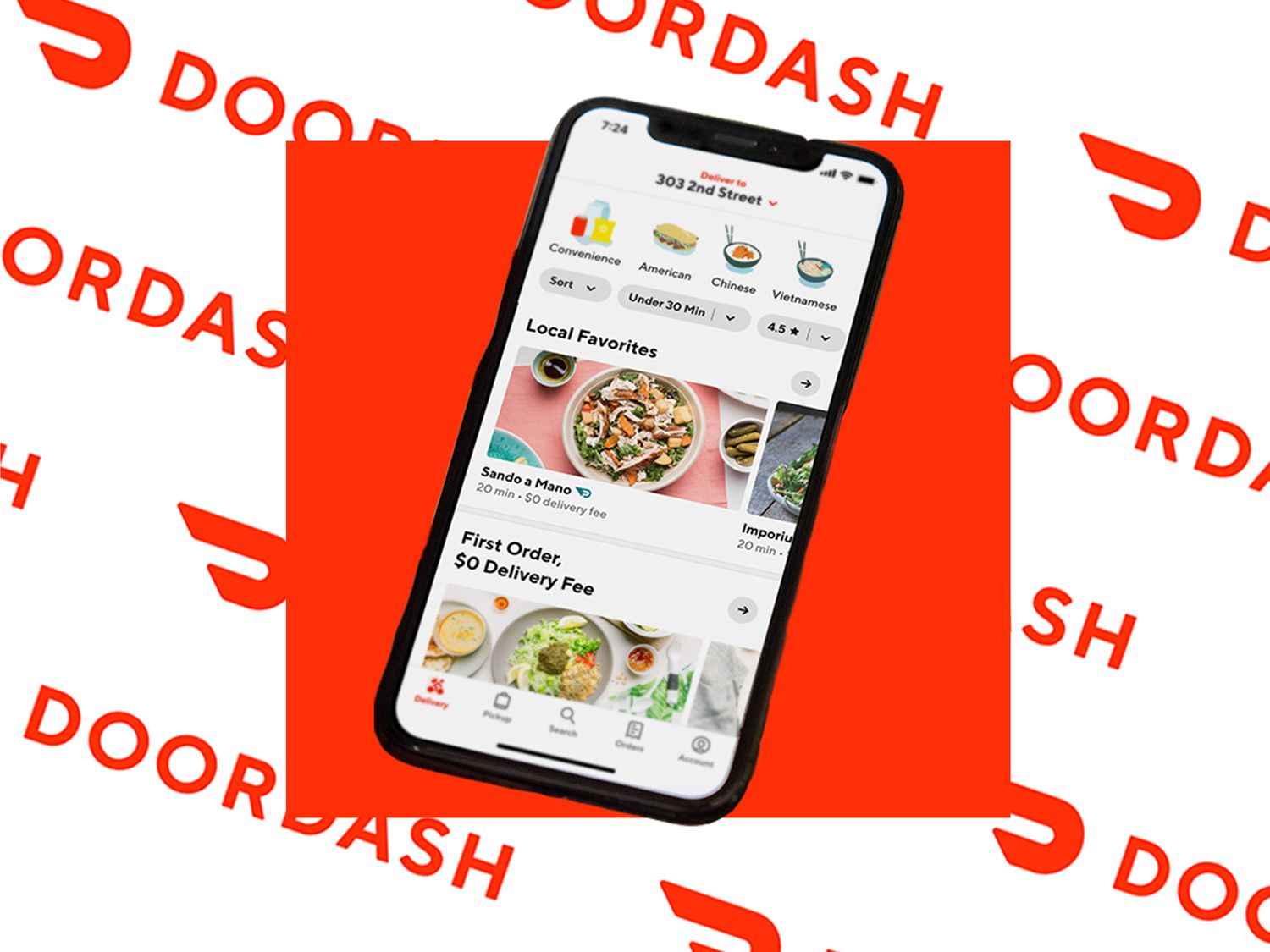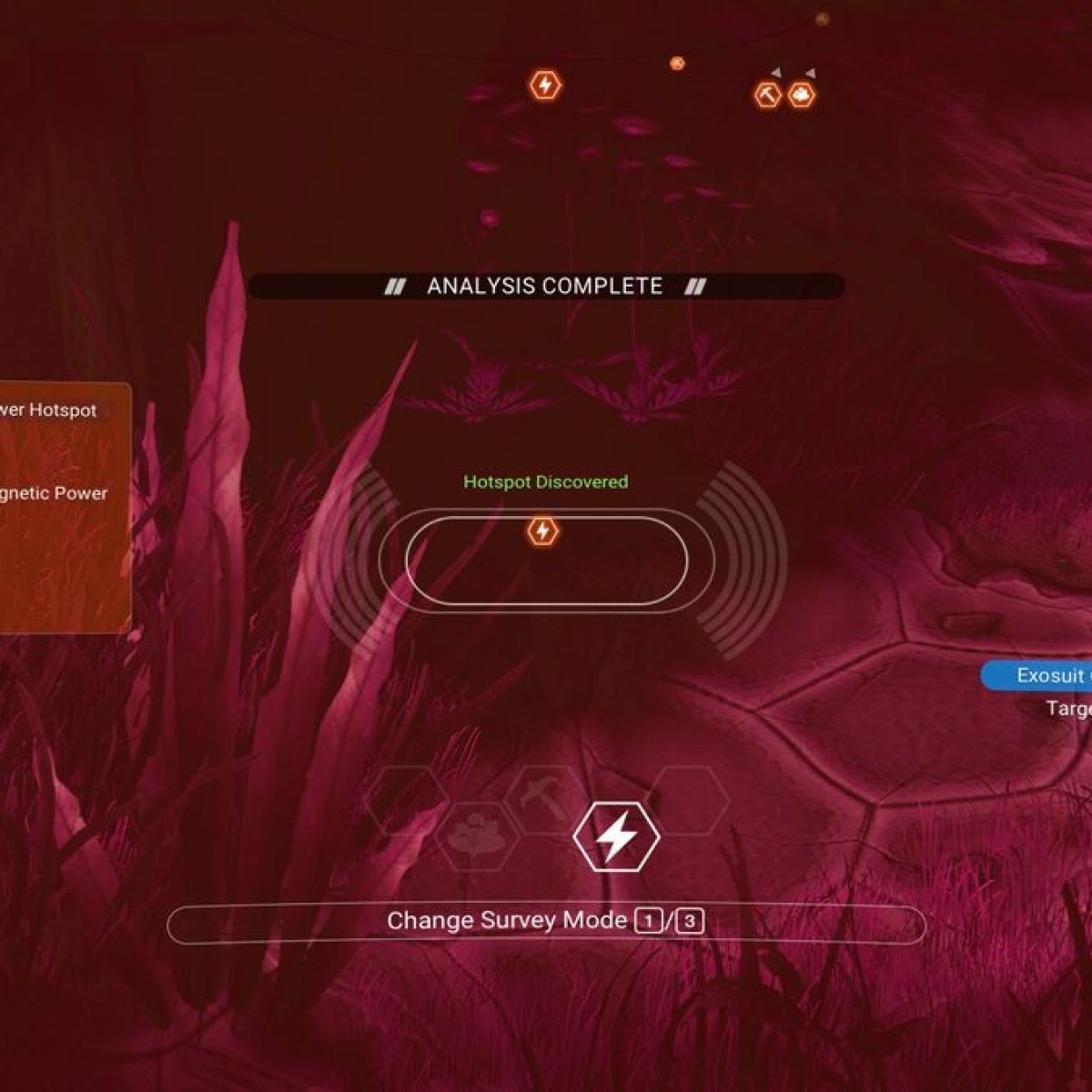What are Hotspot Zones?
Hotspot zones, also known as hot zones, are specific areas within a delivery service's operational region where demand for deliveries is particularly high at a given time. These zones are strategically identified based on various factors such as historical order data, customer density, and real-time order requests. For delivery platforms like Doordash, these hotspots are dynamic and can shift based on changing customer behavior, time of day, and special events.
When a hotspot zone is active, it indicates that there is a surge in customer orders within that area, creating a higher demand for delivery services. Dashers, the delivery drivers for Doordash, are encouraged to position themselves in these zones to maximize their earning potential by quickly accepting and fulfilling orders within a concentrated area.
Hotspot zones play a crucial role in optimizing the efficiency of the delivery network. By directing Dashers to areas with high order volumes, Doordash can ensure timely deliveries and customer satisfaction. Additionally, concentrating Dashers in these zones helps in reducing delivery times and increasing the overall capacity to handle a higher volume of orders during peak hours.
Understanding the dynamics of hotspot zones is essential for Dashers to capitalize on the increased earning opportunities they offer. By strategically positioning themselves in these high-demand areas, Dashers can increase their chances of receiving more delivery requests, completing multiple orders within a shorter timeframe, and ultimately boosting their overall earnings.
In summary, hotspot zones are pivotal components of the operational strategy of delivery platforms like Doordash. They serve as dynamic focal points where customer demand for deliveries intensifies, presenting Dashers with the opportunity to efficiently fulfill orders and maximize their earnings within a concentrated area.
How are Hotspot Zones determined?
Hotspot zones are determined through a sophisticated amalgamation of real-time data analysis, historical order patterns, and predictive algorithms. Doordash, like many modern delivery platforms, leverages advanced technologies to identify and designate these high-demand zones within its operational areas.
The primary factor influencing hotspot zone determination is the analysis of real-time order data. Doordash's robust system continuously monitors and processes incoming delivery requests, identifying clusters of orders in specific geographic areas. This real-time data analysis allows the platform to pinpoint areas experiencing a surge in customer demand, indicating the need for additional Dashers to efficiently fulfill orders in those locations.
Furthermore, historical order patterns play a significant role in determining hotspot zones. By analyzing past order data, Doordash can identify recurring trends and peak hours in specific areas. For example, certain neighborhoods or commercial districts may consistently exhibit heightened order volumes during lunchtime or dinner hours. This historical analysis enables the platform to proactively anticipate and designate hotspot zones during predictable high-demand periods.
Predictive algorithms also contribute to the determination of hotspot zones. These algorithms factor in various dynamic variables, such as time of day, day of the week, and even external factors like weather and local events. By considering these variables, Doordash can forecast potential surges in delivery demand and preemptively designate hotspot zones to optimize Dasher deployment and order fulfillment.
In essence, the determination of hotspot zones is a multifaceted process that integrates real-time data analysis, historical order patterns, and predictive algorithms. By leveraging these insights, Doordash can dynamically identify and designate hotspot zones, empowering Dashers to strategically position themselves in high-demand areas and efficiently fulfill customer orders, thereby enhancing the overall delivery experience.
Benefits of Hotspot Zones for Dashers
Hotspot zones offer a myriad of advantages for Dashers, the frontline drivers responsible for fulfilling customer orders on delivery platforms like Doordash. These benefits are instrumental in maximizing their earning potential and optimizing their overall delivery experience.
-
Increased Earning Potential: By strategically positioning themselves in hotspot zones, Dashers can capitalize on the heightened demand for deliveries, leading to a higher volume of order requests. This influx of orders presents Dashers with the opportunity to efficiently complete multiple deliveries within a concentrated area, thereby increasing their overall earnings during peak hours.
-
Optimized Efficiency: Hotspot zones enable Dashers to minimize downtime between deliveries. By operating within these high-demand areas, Dashers can significantly reduce the time spent traveling between pickup and drop-off locations, resulting in a more streamlined and efficient delivery process. This optimized efficiency not only benefits Dashers but also contributes to enhanced customer satisfaction through timely order fulfillment.
-
Strategic Positioning: Dashers stationed in hotspot zones are strategically positioned to receive a continuous stream of delivery requests. This positioning allows them to proactively accept orders within close proximity, minimizing idle time and maximizing their productivity. Moreover, being in the vicinity of multiple popular restaurants and businesses increases the likelihood of receiving lucrative orders, further boosting their earnings.
-
Priority Access to Orders: In many cases, Doordash prioritizes order assignments to Dashers located within or near hotspot zones. This prioritization ensures that Dashers operating in these high-demand areas have enhanced visibility and quicker access to incoming delivery requests, giving them a competitive advantage in securing orders and fulfilling them promptly.
-
Networking Opportunities: Hotspot zones often serve as hubs for Dashers to interact and network with fellow drivers. This presents opportunities for knowledge sharing, tips on high-earning locations, and real-time information exchange regarding order volumes and customer preferences. Such networking can provide valuable insights and foster a sense of community among Dashers, contributing to a more collaborative and informed delivery ecosystem.
In summary, hotspot zones offer Dashers a host of benefits, including increased earning potential, optimized efficiency, strategic positioning for order acceptance, priority access to orders, and networking opportunities. By leveraging these advantages, Dashers can enhance their delivery experience, maximize their earnings, and operate more effectively within the dynamic landscape of on-demand delivery services.
Strategies for Maximizing Earnings in Hotspot Zones
Strategically navigating hotspot zones can significantly boost a Dasher's earning potential and overall efficiency. Here are several effective strategies for maximizing earnings within these high-demand areas:
1. Proactive Positioning:
Dashers can proactively position themselves in or near hotspot zones during anticipated peak hours, such as lunch and dinner rushes. By preemptively identifying and relocating to these areas, Dashers can capitalize on the surge in delivery demand, increasing their chances of receiving a continuous stream of orders.
2. Multi-App Management:
Managing multiple delivery platforms simultaneously can be advantageous, especially in hotspot zones. Dashers can diversify their order sources by being active on multiple apps, allowing them to accept the most lucrative orders from various platforms within the same geographic area, thereby maximizing their earning potential.
3. Efficient Order Stacking:
In hotspot zones with high order volumes, Dashers can strategically accept and stack orders from nearby restaurants for simultaneous delivery. This practice optimizes their time and mileage, enabling them to fulfill multiple orders in a single trip and maximize their earnings through increased efficiency.
4. Timely Breaks:
Strategic breaks during peak hours can be beneficial for Dashers operating in hotspot zones. By taking short breaks at optimal intervals, Dashers can avoid burnout and maintain peak performance throughout their shifts, ensuring consistent productivity and maximizing their overall earning potential.
5. Real-Time Adaptation:
Remaining adaptable and responsive to real-time changes in hotspot activity is crucial. Dashers should monitor order volumes and customer demand patterns within hotspot zones, allowing them to swiftly adjust their positioning and strategy to align with evolving delivery demands, ultimately maximizing their earning opportunities.
6. Networking and Information Sharing:
Engaging with other Dashers operating within hotspot zones can provide valuable insights and tips for maximizing earnings. Sharing information about high-earning locations, popular restaurants, and real-time order volumes can help Dashers make informed decisions and optimize their strategies for maximizing earnings within these dynamic zones.
By implementing these strategic approaches, Dashers can effectively leverage hotspot zones to maximize their earning potential, operate efficiently, and adapt to the dynamic nature of high-demand delivery areas.
Common Misconceptions about Hotspot Zones
One common misconception about hotspot zones is the belief that they guarantee instant and continuous order flow. While hotspot zones indicate areas of heightened demand, the availability of orders is still subject to various factors, including the number of active Dashers in the vicinity and the specific timing within the peak period. It's important for Dashers to understand that while positioning themselves in hotspot zones increases their visibility to potential orders, it does not guarantee a constant influx of requests.
Another misconception is the assumption that all hotspot zones offer equally high earning potential. In reality, the earning potential within hotspot zones can vary based on factors such as order density, customer tipping behavior, and the presence of competing delivery platforms. Not all hotspot zones may consistently yield high-paying orders, and Dashers should remain adaptable and observant to identify the most lucrative opportunities within these dynamic areas.
Additionally, some Dashers may mistakenly believe that remaining exclusively within hotspot zones is the most effective strategy for maximizing earnings. While hotspot zones indeed present favorable conditions for order fulfillment, it's essential for Dashers to maintain flexibility and adaptability. Exploring adjacent areas or strategically relocating based on real-time order patterns can lead to valuable opportunities outside of designated hotspot zones.
Furthermore, there is a misconception that hotspot zones are static and unchanging. In reality, hotspot zones are dynamic and can shift based on changing customer behavior, external events, and other influencing factors. Dashers should be mindful of these fluctuations and be prepared to adjust their positioning and strategies to align with evolving hotspot dynamics.
Lastly, there is a misconception that hotspot zones guarantee consistent high earnings without considering the Dasher's individual performance and service quality. While hotspot zones can enhance the visibility of available orders, the quality of service, timely deliveries, and customer satisfaction ultimately contribute to sustained earning potential. Dashers should prioritize providing excellent service regardless of their location within hotspot zones.
By dispelling these misconceptions and adopting a nuanced understanding of hotspot zones, Dashers can effectively leverage these high-demand areas to optimize their earning potential and enhance their overall delivery experience.

























